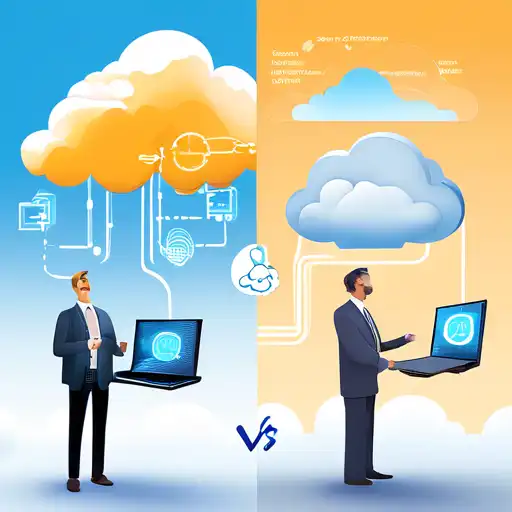Edge Computing vs Cloud Computing: Unveiling the Differences
In the rapidly evolving world of technology, understanding the distinctions between edge computing and cloud computing is crucial for businesses and individuals alike. Both paradigms offer unique advantages and cater to different needs in the realm of data processing and storage.
What is Edge Computing?
Edge computing refers to the processing of data near the source of data generation, rather than relying on a centralized data-processing warehouse. This approach minimizes latency, reduces bandwidth use, and enhances the speed of data processing, making it ideal for real-time applications.
What is Cloud Computing?
Cloud computing, on the other hand, involves the delivery of computing services—including servers, storage, databases, networking, software—over the internet ('the cloud'). It offers scalability, flexibility, and cost-efficiency, allowing users to access resources on demand.
Key Differences Between Edge and Cloud Computing
- Latency: Edge computing significantly reduces latency by processing data locally, whereas cloud computing may introduce delays due to data transmission to and from centralized servers.
- Bandwidth: By processing data at the edge, bandwidth usage is minimized, contrasting with cloud computing's reliance on continuous data transfer.
- Security: Edge computing can offer enhanced security for sensitive data by limiting its exposure to the internet, while cloud computing requires robust security measures to protect data in transit and at rest.
- Scalability: Cloud computing excels in scalability, allowing businesses to easily adjust resources according to demand, a feature that is more challenging to achieve with edge computing.
Choosing Between Edge and Cloud Computing
The choice between edge and cloud computing depends on the specific needs of a project or business. For applications requiring real-time processing and low latency, edge computing is the superior choice. Conversely, for projects that demand scalability and flexibility, cloud computing may be more appropriate.
For more insights into how these technologies are shaping the future, explore our articles on emerging tech trends and advanced data processing techniques.
Conclusion
Both edge computing and cloud computing play pivotal roles in the digital transformation of industries. By understanding their key differences and applications, businesses can make informed decisions to leverage the right technology for their needs. As the technological landscape continues to evolve, the integration of both edge and cloud computing will undoubtedly become more prevalent.
